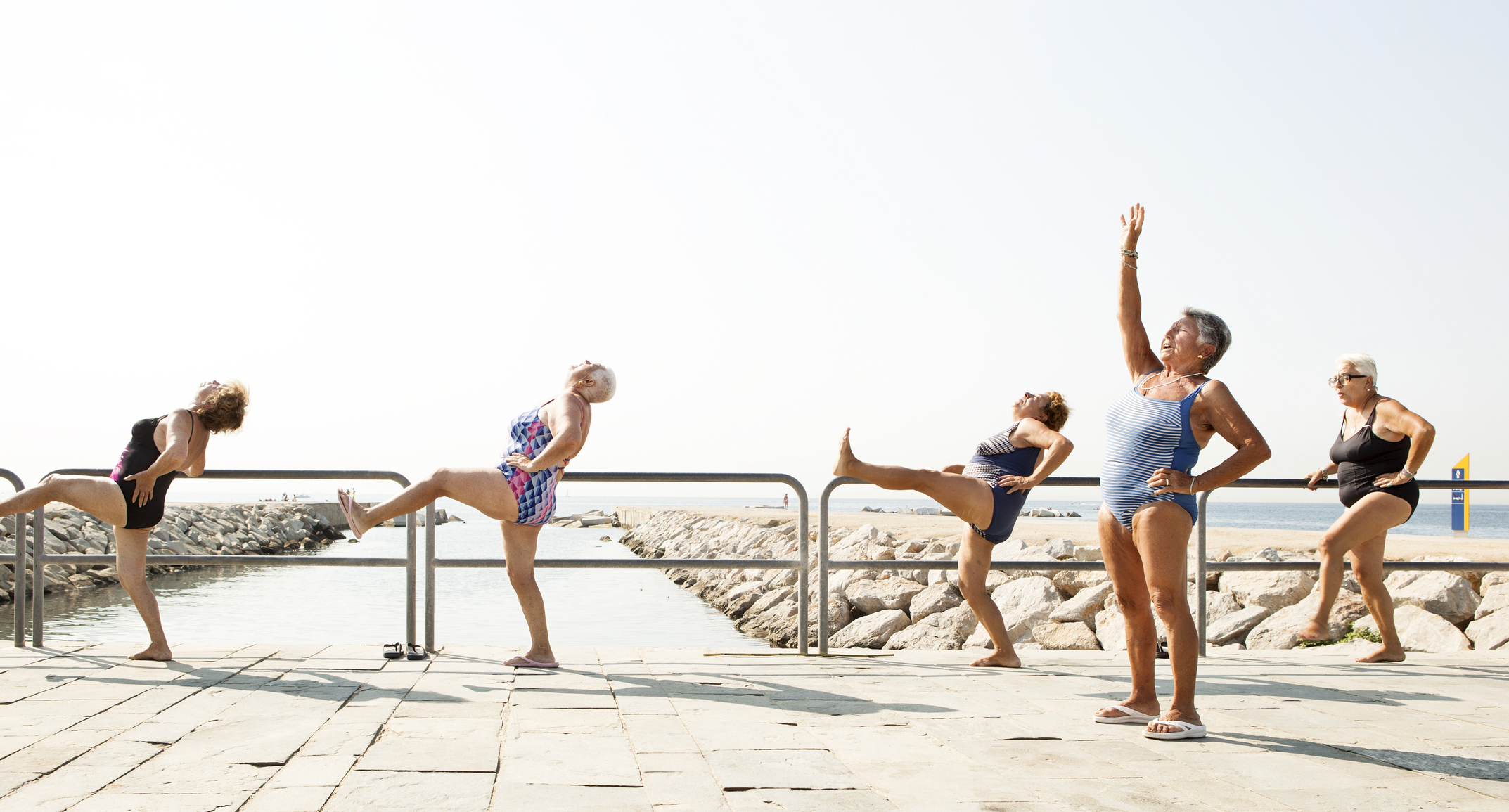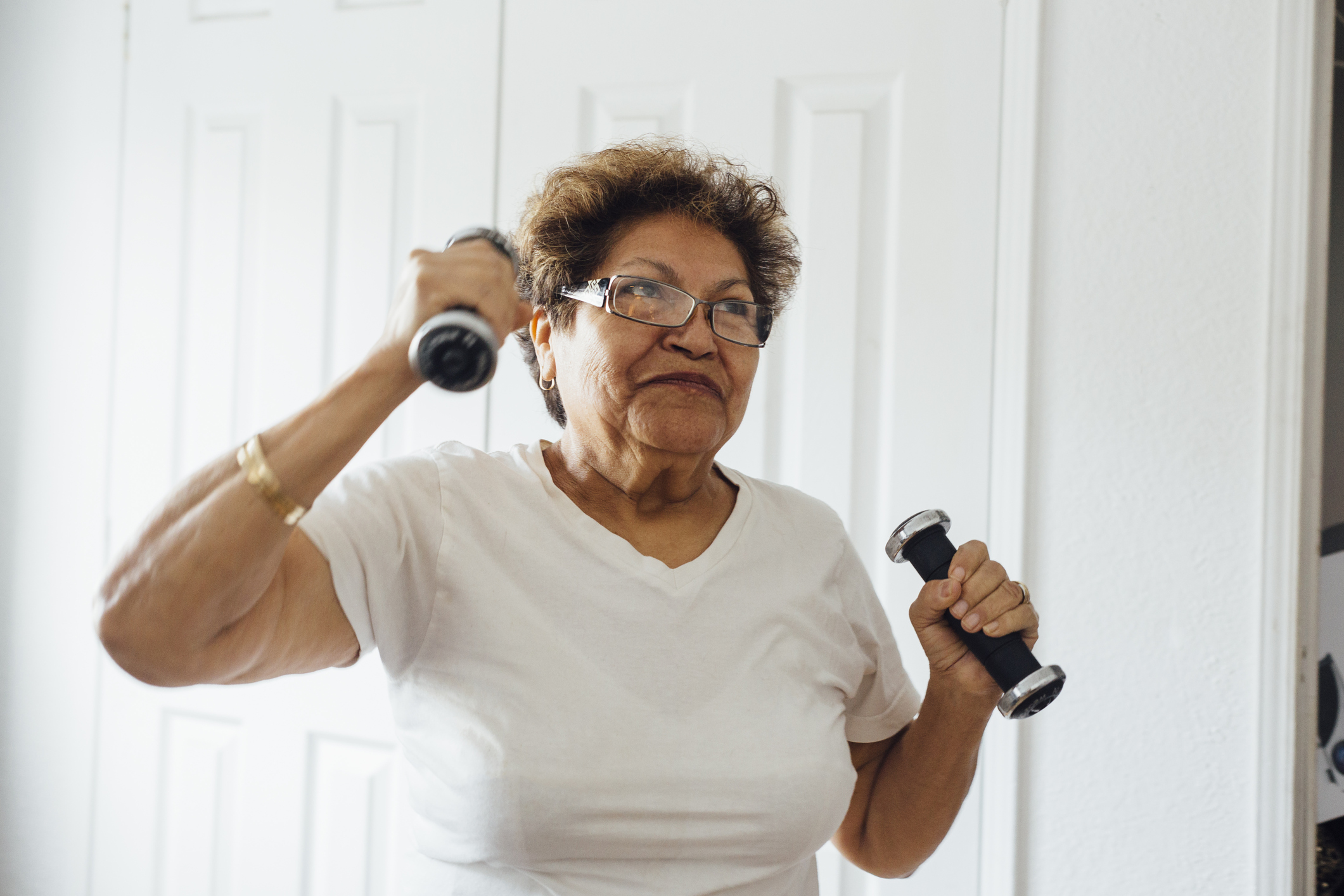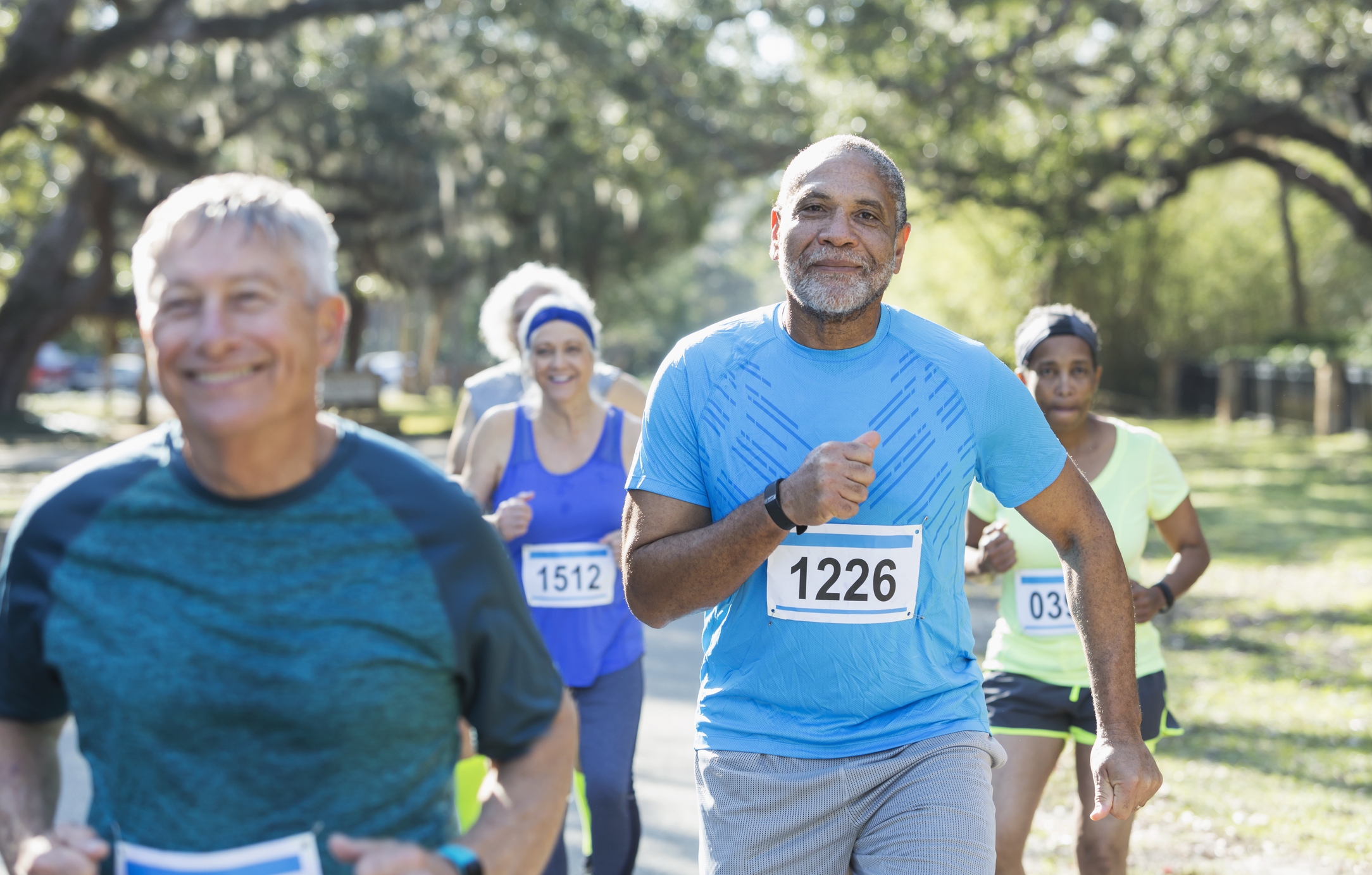
Health & Medicine
Exercising in middle age can save your memory later

New guidelines outline how much physical exercise older Australians concerned about their memory should be aiming for each week, to help maintain brain health
Published 29 May 2018
Staying physically active later in life, by doing around an hour and half of moderate aerobic exercise and a couple of strength training sessions per week, can help keep your brain healthy.
Research has shown that exercise can improve cognitive function in people who are concerned about their memory or have slight memory decline, and can reduce the risk of further decline.
But, until now, there have been no specific guidelines to inform consumers and clinicians about this.

Now, our team, supported by the Dementia Collaborative Research Centre (DCRC), has produced guidelines to help older Australians translate this research into their everyday lives.
With no specific medications currently available to protect the brain from decline, physical activity is an important aspect of maintaining brain health, along with other lifestyle factors like having a healthy diet, staying mentally active and maintaining an active social life.
If you are considering these guidelines, it is important to remember that any amount of physical activity is a great start, and it is a good idea to slowly build up over time.

Health & Medicine
Exercising in middle age can save your memory later
While these guidelines have been written with brain health in mind, they can contribute to a range of other health benefits, including improved overall wellbeing and mental health, better physical health and better management of other health conditions.
Aim to do at least 150 minutes per week of moderate or 90 minutes of vigorous aerobic physical activity. This should be combined with trying to be physically active during daily tasks. Moderate is defined as a level of intensity at which one starts to sweat and needs to breathe a bit harder (like fast walking, swimming or bike riding). Vigorous is more intense and involves feeling out of breath (activities could include running, very fast swimming or aerobic exercise in the gym)
Perform additional resistance training (also known as strength training) at least twice a week. This should also be combined with daily tasks that help improve muscle strength
Undertake activities that help improve or maintain balance and reduce the risk of falls, such as walking heel-to-toe or rocking onto heels and toes (ensuring safety by doing exercises near a table or a chair)
Talk to a general practitioner (or physiotherapist or exercise physiologist) before changing your physical activity routine to ensure that your plan is safe and takes your medical history into account.
Because getting started and staying motivated can be hard when it comes to exercising, we suggest selecting enjoyable activities, exercising in a group or with friends, and keeping a diary to track your progress.

A team of Australian researchers from various backgrounds and institutions reviewed the current evidence in the literature to produce the guidelines, aided by an advisory committee involving consumers.
They have been designed in particular for older Australians who are worried about their memory and other aspects of their thinking as they age. This concern is common and often described as subjective cognitive decline (SCD). When assessed medically, for example in a memory clinic, many people with SCD have normal cognition for their age, but some experience objective changes.
This often leads to a diagnosis of mild cognitive impairment (MCI). The changes noticed are not severe enough to cause significant problems with daily tasks and are not the same as dementia. However, both SCD and MCI are associated with an increased risk of developing cognitive decline or dementia in the future.

Health & Medicine
It’s a fact: Women get better with age
More research is needed to explain in detail why exercise is so important for brain health, but it has been shown to increase the release of protective chemicals and can help keep blood vessels in the brain healthy.
Several neuro-imaging studies using MRI have demonstrated how exercise positively impacts various brain areas. One study reported an improvement of white matter structures, which suggests a close interaction between exercise and the vascular system in the brain.
Other studies have found exercise leads to a reduction of inflammatory markers in the brain and an increase in brain derived neurotrophic factor (BDNF), which aids learning and memory. Researchers have also found some benefits for insulin sensitivity and cortisol regulation.
These guidelines are an important bridge between what research is showing us, and direct consumer benefit. In years to come the evidence on how exercise can support the brain will only grow.
More research effort is needed to identify clearer connections with type and amount of exercise as well as how to overcome barriers to getting started and to stay motivated.
Banner image: Getty Images